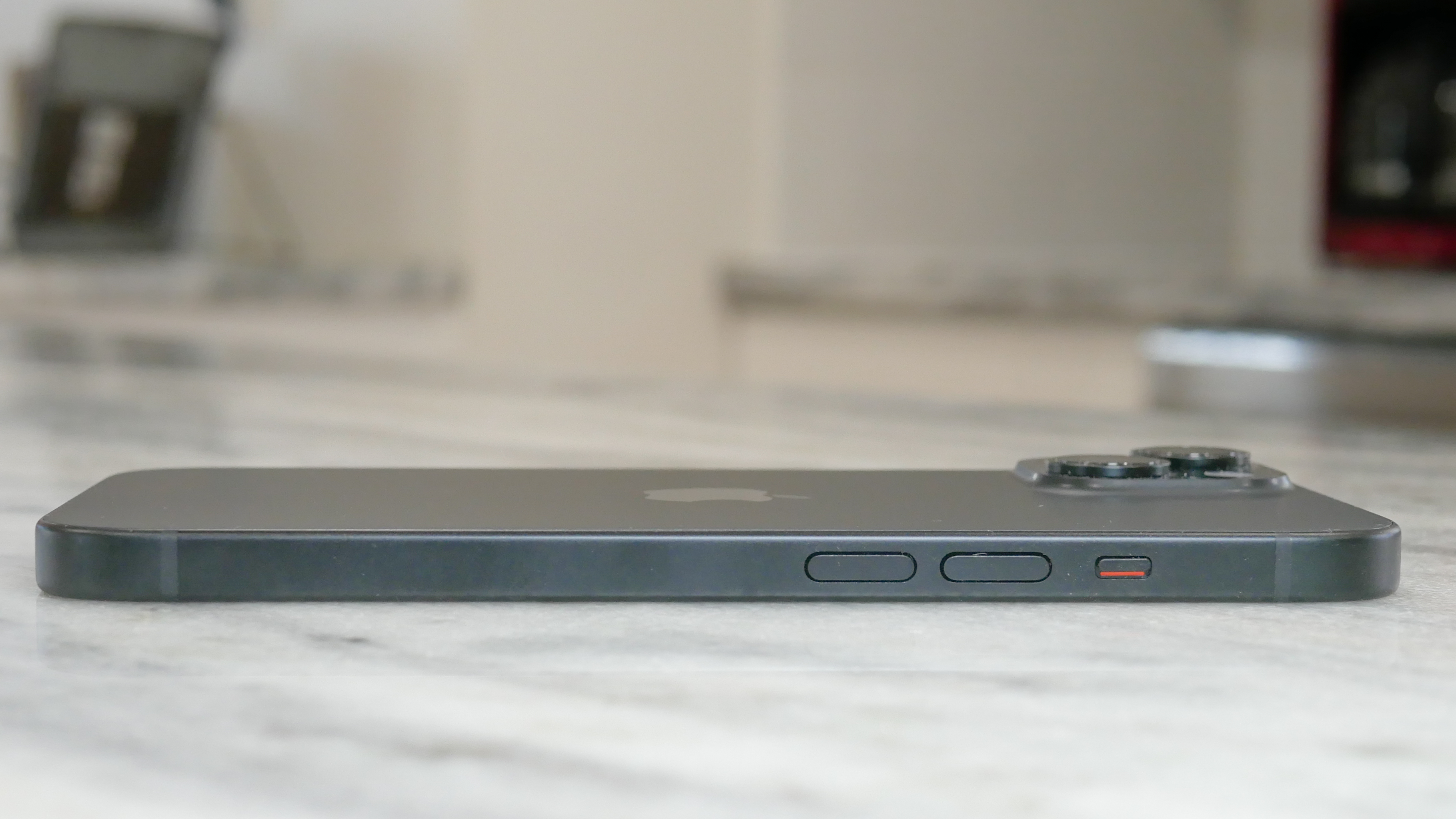
OnePlus unveiled its latest flagship phone, the OnePlus 12, in China earlier this week. While the phone won’t be arriving in international markets for some time, this does mean we know exactly what sort of hardware and features this new phone is packing — including an alert slider.
The alert slider was absent from the last two OnePlus flagships, having been removed from the OnePlus 10T in order to make space for other, internal upgrades. It made a triumphant return on the OnePlus 11 earlier this year, and has stuck around for the OnePlus 12 and foldable OnePlus Open. Meaning it's probably back for good.
It’s also a feature that we really need to see on other smartphones — Androids and iPhones alike.
Quick-muting your phone is super convenient

Much like the iPhone’s mute switch, the idea behind the alert slider is that you can flick the sound setting on a OnePlus phone without ever switching on your phone. But while an iPhone’s mute switch (or Action button) lets you switch between ring and vibrate modes, the alert slider adds an extra level — total silence.
Silent mode is the closest you can get to a “do not disturb” function without actually toggling it on in your phone’s quick settings. It mutes just about everything, from notification and call alerts, all the way to whatever media is playing on your phone.
It’s really rather useful to be able to do that so quickly, especially since navigating Android’s quick-volume menus is getting rather complicated. When you have five distinct volume sliders to work with, it can get a little confusing spotting which is which. Especially if two of them show up on screen at the same time. Not impossible, but still somewhat finicky.
An instant mute button isn’t a perfectly elegant solution, but it does give you the option of cutting off that sound as and when you need to — and without any fuss.
Because we've all had an experience where sounds starts blasting out of our phone seemingly out of nowhere — all because the volume was a lot louder than you first thought. It's awkward at the best of times, and could prove to be downright embarrassing in certain situations. Not only would an instant mute switch deal with the problem much faster, it also alleviates whatever sense of panic you may feel in the process.
More phones need an alert slider-type switch

Even the iPhone could benefit from copying the OnePlus alert slider, and funnily enough the Action button could make it happen. Altering the physical Mute Switch to offer three options would have meant investing time and effort for very little gain. Not just developing a new switch, but also reorganizing the phone’s interior and crafting software for an additional function.
It’s a lot of work for such a small change, whereas the Action button is designed to be changed on the fly. It’s more than just a mute switch, but there’s no reason why you couldn’t add extra volume features to mimic the same effect as the OnePlus Alert Slider — or even do something better.
If one tap can switch from ring mode to vibrate, a double tap could send you off into silent mode. It’s not something that the Action button is actually able to do right now, since it’s only able to respond to a single tap, but it could happen — and add that kill switch that immediately mutes all sound coming from the phone.
The physical switch also has the benefit of letting you know exactly what mode your mute switch or alert slide by touch alone. It’s one of the things you lose with a solid state button like the iPhone Action button, though that’s unjust something you trade for the user-programmable feature. At the very least the Action button’s haptic feedback can tell you what the mode you’re activating when you press the button. Most other Android phones require you to actually physically look at the screen.
Sure volume control on a phone is pretty neat and tidy, especially when it’s packed away onto the screen. But there’s still a case to be made about having physical buttons and toggles where necessary.
Much like the argument against over the top touchscreen controls in cars, sometimes it’s beneficial not to have to involve yourself with a glossy, tactless surface of a touchscreen. But naturally there’s a point where it ends up becoming impractical. There’s a reason why we ditched phones with keys after all.
Bottom line
It’s been a couple of years since I last used a OnePlus phone regularly, having jumped on the Google Pixel bandwagon. There are plenty of things I don’t miss about OnePlus phones of the pre-pandemic years. Mediocre camera quality, fairly slow access to Android updates, so-so battery life and so on.
But I definitely miss the Alert slider. It’s pretty inconsequential in the grand scheme of things, considering how easy it is to turn on Do Not Disturb, but there’s something rather satisfying about being able to switch your phone’s ringer on and off with the slick of a switch. Clearly OnePlus can see the appeal of that, especially given backlash from users, otherwise it never would have returned.
I just wish that other phone makers would see it the same way. Even if it means copying Apple’s Action button and going down that route instead.







